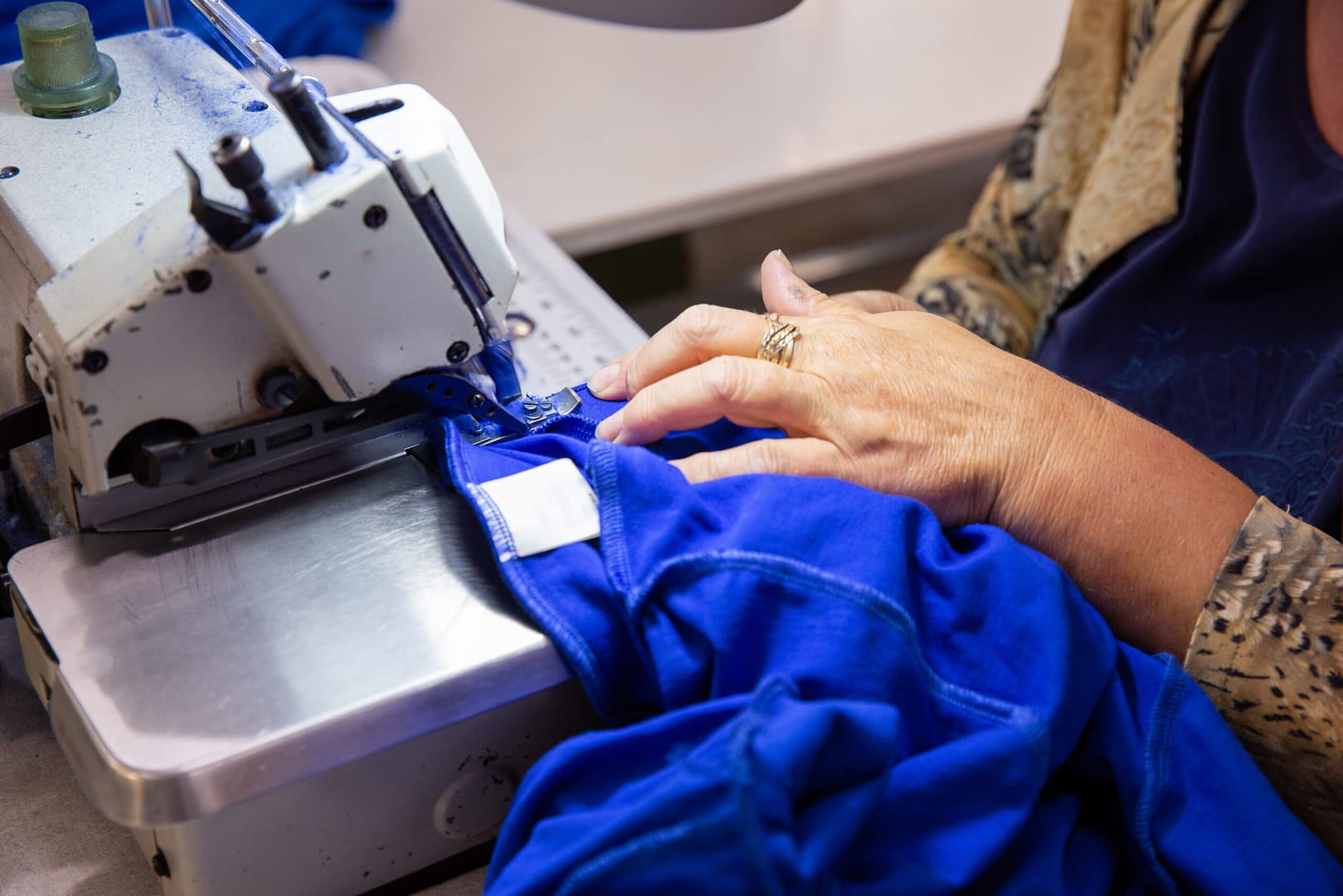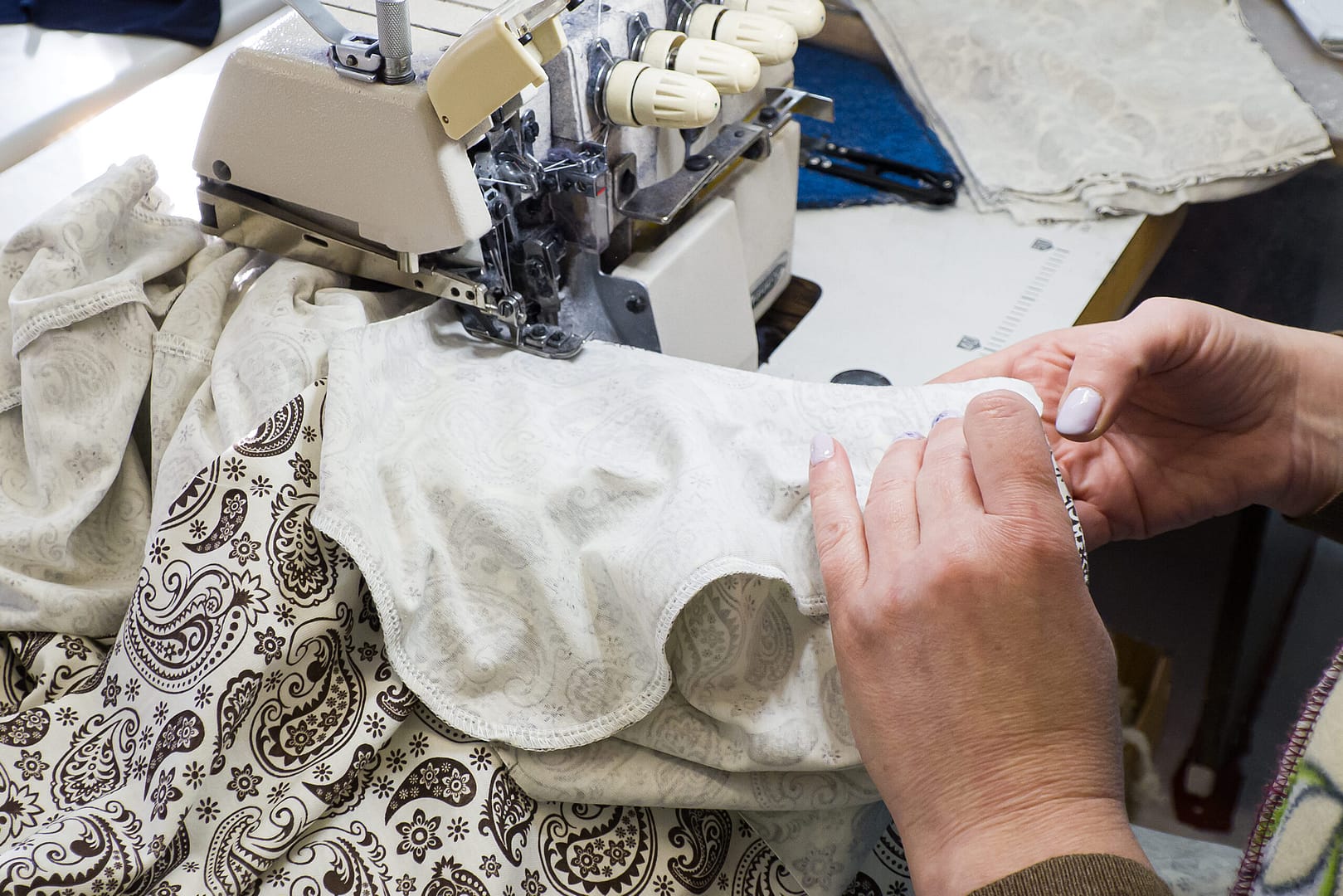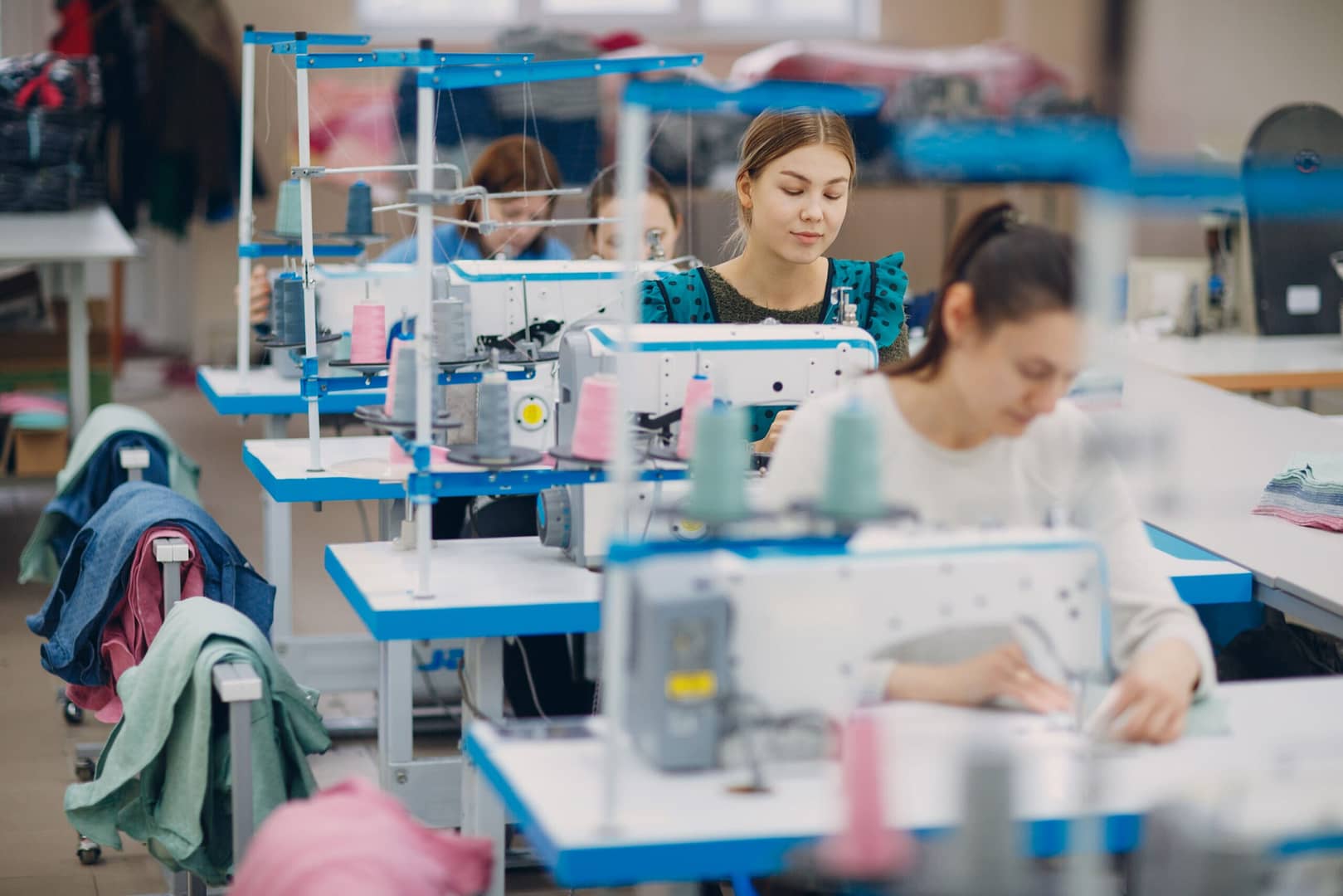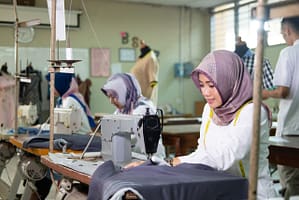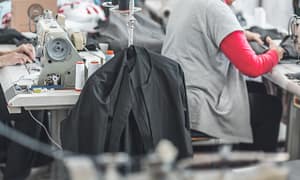| Fabric Name | Cupro |
| Fabric also known as | Cuprammonium rayon, cupra, ammonia silk, Bemberg |
| Fabric Composition | Regenerated cellulose fibers from cotton linter |
| Fabric Breathability | High |
| Moisture-wicking Abilities | Moderate to high |
| Heat Retention Abilities | Low |
| Stretchability (Give) | Low to moderate (depends on fabric blend) |
| Prone to Pilling/Bubbling | Low |
| Country Where Fabric Was First Produced | Germany |
| Biggest Exporting/Producing Country Today | Various, including Japan and China for high-quality Cupro |
| Recommended Washing Temperatures | Cool to warm, gentle cycle |
| Commonly Used In | Lining for suits and dresses, luxury loungewear, and eco-conscious apparel |
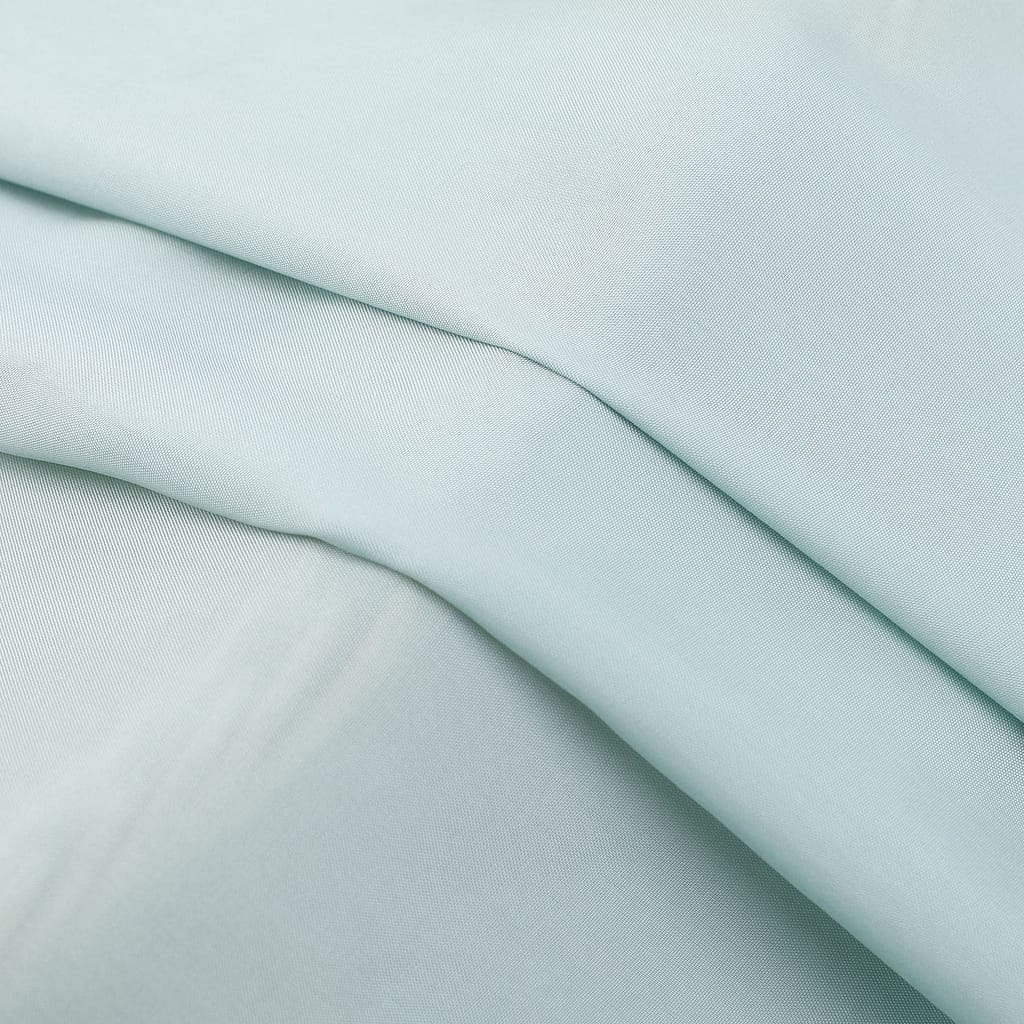
What is Cupro Fabric?
Cupro fabric, a remarkable innovation in the textile industry, traces its origins to the late 19th century when Swiss chemist Matthias Eduard Schweizer discovered a novel use for an ammoniacal copper oxide solution, now famously known as Schweizer’s reagent. This deep blue solution, derived from the reaction between basic copper carbonate and ammonia, has the unique ability to dissolve cellulose, a prevalent component in materials like cotton and wood.
The transformative process begins by immersing these cellulose-rich materials in the copper-ammonia solution, where they form a viscous compound. This compound, when introduced into an acidic environment, solidifies into fibers. These are then extruded into a sulfuric acid solution, appearing initially as elongated blue fibers. Over time, the acidic solution leaches out the blue copper salts, leaving behind colorless, artificial silk fibers.
Cupro fabric, though not widely recognized by its technical name, has become a staple in the garment industry. Known for its silk-like density and strong draping qualities, Cupro also boasts a high moisture regain rate of 11%-13%, comparable to that of natural silk. This property enhances its moisture-absorbing and releasing capabilities, making the fabric comfortable to wear in various climates. Additionally, its low electrical resistance ensures minimal static cling, adding to its wearability.
As a fabric woven into the linings of coats and outerwear, Cupro’s subtle, luxurious texture and functional attributes make it a favored choice among designers seeking a blend of elegance, comfort, and practicality in their creations.
Cupro is a regenerated cellulose fabric made from cotton linter, the tiny, silky fibers that stick to the seeds of the cotton plant after ginning. These fibers are too small to be spun but are perfect for creating a smooth, durable fabric. Unlike many synthetic fibers, Cupro is produced in a closed-loop process that recycles almost all chemicals used.
The process of making Cupro involves dissolving cotton linters in an ammoniacal copper oxide solution, which is where it gets its name—Cupro, short for cuprammonium. Here’s a basic comparison of Cupro with similar fabrics:
| Fabric | Origin | Texture | Sustainability Features |
|---|---|---|---|
| Cupro | Cotton linter (waste) | Silky and smooth | Biodegradable, less waste |
| Modal | Beechwood trees | Soft and smooth | Biodegradable, sustainably sourced |
| Lyocell | Wood pulp | Soft and fluid | Closed-loop production, eco-friendly solvent |
Cupro stands out in this group for its use of a waste product (cotton linter), which not only reduces waste but also enhances the sustainability aspect of the fabric. Its production process, focusing on chemical recycling, sets a benchmark for environmental responsibility in fabric manufacturing.
The Production Process of Cupro Fabric
The production of Cupro fabric is distinguished by its eco-friendly and closed-loop process, which minimizes waste and environmental impact. Here’s a step-by-step breakdown of how Cupro is manufactured:
- Collection of Raw Material: Cotton linter, which is the raw material for Cupro, is collected. This is a byproduct of cotton production, making use of what would otherwise be waste.
- Dissolving: The linters are dissolved in an ammoniacal copper oxide solution. This solution breaks down the cellulose into a viscous solution, allowing it to be spun into new fibers.
- Spinning: The cellulose solution is then forced through a spinneret, a device similar to a showerhead, which forms long strands of fiber as the solution is extruded into a coagulation bath.
- Washing and Purification: After spinning, the fibers are washed thoroughly to remove any remaining chemicals. The closed-loop aspect of the process ensures that these chemicals are recycled and reused in the system, drastically reducing waste and emissions.
- Finishing: The fibers are then ready to be woven or knitted into fabrics. Cupro fabric undergoes finishing processes that may include dyeing and softening to enhance its silk-like texture.
This meticulous production process is not just about creating fabric but also about maintaining an ecological balance. The graph below illustrates the efficiency of the closed-loop system in the production of Cupro compared to traditional fabric manufacturing:
| Process Step | Cupro Efficiency | Traditional Fabric Efficiency |
|---|---|---|
| Chemical Recovery | 98% | 50-60% |
| Water Use | Low | High |
| Energy Consumption | Lower | Higher |
Cupro’s production exemplifies sustainability in textile manufacturing, making it a preferred choice for environmentally conscious brands.
Characteristics of Cupro Fabric
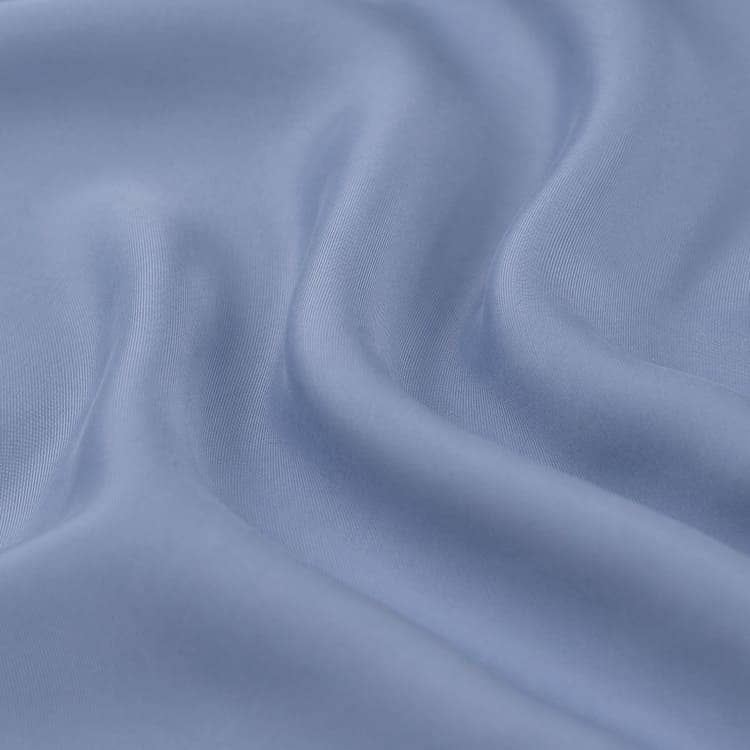
Cupro fabric is celebrated for its myriad of favorable characteristics that make it a preferred choice in the garment industry. Here are some of the key features that define this unique material:
- Texture and Comfort: Cupro feels similar to silk; it’s extremely soft and has a lustrous sheen. Its smooth surface makes it gentle against the skin, which is particularly beneficial for sensitive skin. The fabric’s breathability also adds to its comfort, making it ideal for wear in warm climates.
- Drape and Aesthetics: One of Cupro’s standout features is its excellent draping quality, which allows it to flow gracefully. This makes it a favorite for designing luxurious dresses, blouses, and linings that require a fluid appearance.
- Durability and Maintenance: Despite its delicate appearance, Cupro is more durable than silk and easier to care for. It resists shrinking and has better wash fastness, which contributes to its longevity as a garment.
- Hypoallergenic Properties: Being naturally hypoallergenic, Cupro does not irritate the skin. This makes it a suitable fabric choice for people with allergies or sensitive skin.
- Thermal Regulation: Cupro fabric has good thermal-regulating properties, which means it can help maintain a comfortable body temperature. It keeps cool in the summer and warm in the winter, adapting to different environmental conditions.
The following table compares the physical properties of Cupro with those of other commonly used textiles:
| Property | Cupro | Silk | Polyester |
|---|---|---|---|
| Feel | Silky smooth | Smooth and soft | Slightly coarse |
| Durability | High | Medium | High |
| Maintenance | Easy | Delicate care | Easy |
| Hypoallergenic | Yes | Yes | No |
| Thermal Regulation | Excellent | Good | Poor |
These characteristics make Cupro a versatile and desirable material in the fashion industry, suitable for a wide range of applications.
Common Uses of Cupro Fabric

Cupro fabric’s unique qualities make it a versatile choice for various applications in the fashion and textile industry. Here’s an overview of how Cupro is typically used:
- Fashion Apparel: Due to its silky texture and excellent drape, Cupro is often used in the production of high-end fashion garments. It is particularly favored for making blouses, dresses, trousers, and skirts that require a fluid, elegant appearance.
- Lining Material: Cupro’s smooth and breathable qualities make it an ideal lining fabric for jackets and coats, providing comfort and a touch of luxury without the bulk.
- Sportswear and Activewear: Its moisture-wicking and breathable properties are leveraged in sportswear and activewear, enhancing comfort during physical activities.
- Home Textiles: Beyond apparel, Cupro is also used in the home textiles market, particularly in decorative items like throw pillows and draperies that benefit from its soft texture and aesthetic appeal.
- Accessories: Cupro can be found in fashion accessories such as scarves and ties, where its softness and sheen are highly valued.
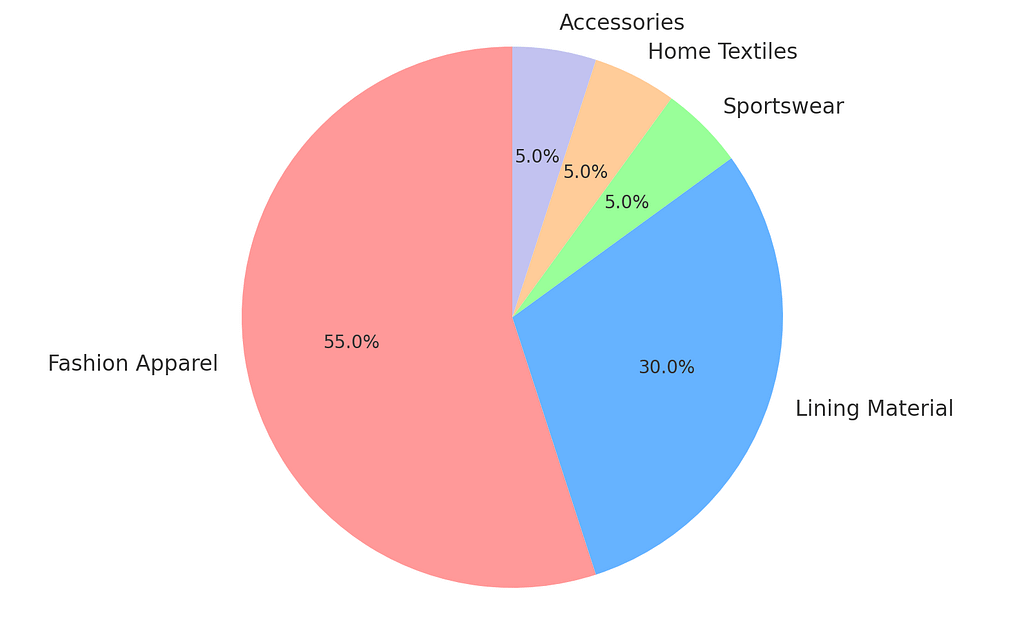
This distribution highlights the fabric’s popularity, particularly in the fashion apparel sector, where its benefits are most pronounced.
Advantages of Cupro in Fashion Design
Cupro is increasingly favored by designers for several reasons:
- Sustainability: As an eco-friendly fabric that helps reduce waste by utilizing cotton by-products, Cupro aligns with the growing trend towards sustainable fashion.
- Versatility: Its ability to blend well with other fibers enhances its appeal in creating diverse fabric blends.
- Aesthetic Qualities: The luxurious feel and visual appeal of Cupro make it suitable for high-end designs without the high costs associated with natural silks.
Cupro fabric’s balance of performance, aesthetics, and sustainability makes it a smart choice for contemporary fashion designers focused on ethical and eco-conscious fashion trends.
Challenges and Considerations
While Cupro fabric offers many advantages, it also presents certain challenges that manufacturers and designers must consider:
- Cost and Accessibility: Although more affordable than silk, Cupro can be more expensive than many synthetic alternatives. Its specialized production process and the costs associated with sustainable manufacturing practices can affect its accessibility and price point.
- Handling Sensitivity: Cupro, while durable, requires careful handling during the manufacturing and finishing processes to maintain its integrity and appearance. This sensitivity can complicate production, especially at large scales.
- Consumer Awareness: Despite its benefits, Cupro is not as widely recognized by consumers as other fabrics like cotton or polyester. Educating the market about its unique properties and environmental advantages is necessary to boost its popularity.
Addressing these challenges involves strategic planning and continued innovation within the textile industry, as well as effective marketing to educate consumers about Cupro’s benefits.
Care and Maintenance of Cupro Fabric
Proper care and maintenance are crucial for preserving the quality and extending the lifespan of Cupro fabric garments. Here are some guidelines to follow:
- Avoid Alkaline Detergents: Cupro fabric is not resistant to alkali. Use mild, neutral detergents instead of alkaline ones to avoid damaging the fabric.
- Gentle Handling: As a silk-like fabric, Cupro should not be subjected to excessive rubbing or stretching. Avoid strong physical forces that can lead to snagging or pulling of the threads.
- Shrinkage: It’s normal for Cupro to shrink slightly after washing. To accommodate this, it’s recommended to wear these garments loosely.
- Washing Instructions: Hand washing is preferable for Cupro garments. Avoid machine washing or mixing with rough items, which can cause pilling and other surface damage.
- Drying: Do not wring out Cupro fabrics after washing as it can lead to wrinkles and affect the appearance. Instead, lay flat or hang to dry in a well-ventilated area away from direct sunlight.
- Ironing: Avoid direct contact of the iron with the Cupro fabric. Use a steam iron for ironing to prevent scorching or damaging the delicate fibers.
Following these care instructions will help maintain the fabric’s luxurious feel and appearance, ensuring that your Cupro garments remain a valuable part of your wardrobe for a longer period.
How much does cupro fabric cost?
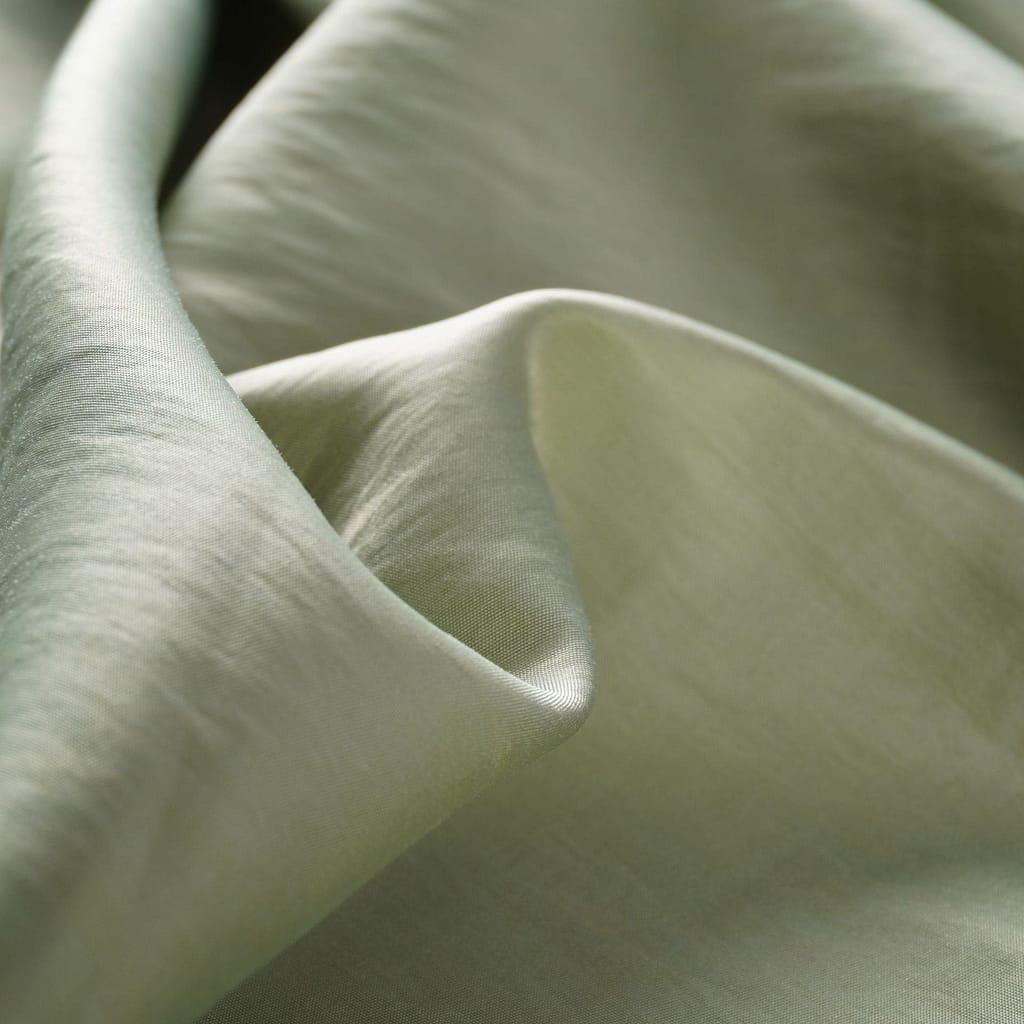
The cost of Cupro fabric varies depending on the quality, blend, and retailer, but it generally ranges from around $19 to $32 per yard. Some specific variations include:
- Sandwashed Cupro Blend: This type is priced at about $32.99 per yard, appreciated for its silky drape and suitability for flowing dresses and tops, as well as soft linings (Harts Fabric).
- Cupro Viscose Blend: Prices for this blend can range from $19 to $28 per meter, depending on the specific characteristics and quality of the fabric (Fabric Sight).
- Amour Vert – Sandwashed Cupro Challis: This specific brand and style of Cupro fabric is available at around $22 per yard, coming in a variety of colors like Army Green, Adobe, and Lilac (Stone Mountain Fabric).
These prices reflect the fabric’s positioning as a sustainable and luxurious material suitable for a wide range of fashion applications. For detailed pricing and purchasing options, you might want to check directly with fabric suppliers or online fabric stores.
Challenges and Considerations
While Cupro fabric offers many advantages, it also presents certain challenges that manufacturers and designers must consider:
- Cost and Accessibility: Although more affordable than silk, Cupro can be more expensive than many synthetic alternatives. Its specialized production process and the costs associated with sustainable manufacturing practices can affect its accessibility and price point.
- Handling Sensitivity: Cupro, while durable, requires careful handling during the manufacturing and finishing processes to maintain its integrity and appearance. This sensitivity can complicate production, especially at large scales.
- Consumer Awareness: Despite its benefits, Cupro is not as widely recognized by consumers as other fabrics like cotton or polyester. Educating the market about its unique properties and environmental advantages is necessary to boost its popularity.
Addressing these challenges involves strategic planning and continued innovation within the textile industry, as well as effective marketing to educate consumers about Cupro’s benefits.
Conclusion
Cupro fabric, with its luxurious feel, sustainability credentials, and versatility, offers significant advantages for the fashion and textile industries. As awareness of its benefits grows, so too will its use in diverse applications, from high-end fashion to everyday wear and beyond. For those in the garment industry, embracing Cupro means not only opting for a fabric that feels good and looks great but also making a choice that is better for the planet. For further insights and updates on sustainable textile solutions, visit Valtin Apparel.
FAQs on Cupro Fabric
1. Is cupro a good material? Yes, cupro is considered a good material, especially for its silky feel and eco-friendly qualities. It’s breathable, hypoallergenic, and has excellent draping properties, making it popular in fashion for lining and luxury garments.
2. Does cupro wrinkle easily? Cupro does not wrinkle as easily as some other natural fibers like cotton or linen, due to its silk-like properties. It offers better resistance to creasing, making it suitable for travel-friendly clothing.
3. Is cupro fabric expensive? Cupro is generally more expensive than synthetic fabrics like polyester but is often less costly than high-end natural fabrics like silk. Prices can vary based on quality and the specific type of Cupro.
4. Can cupro be washed? Yes, cupro can be washed. It is advisable to hand wash or use a gentle machine wash cycle with cold water to maintain the fabric’s integrity.
5. Does cupro shrink in the dryer? Yes, cupro can shrink if exposed to high heat in the dryer. It’s recommended to air dry cupro garments or use low heat settings to minimize shrinkage.
6. Is cupro better than polyester? Cupro and polyester serve different needs. Cupro is biodegradable, breathable, and has a natural feel, making it better for comfort and sustainability. Polyester is more durable and less expensive, making it suitable for a wide range of uses.
7. Is cupro good for skin? Yes, cupro is good for the skin. It’s hypoallergenic and regulates moisture effectively, which helps keep the skin dry and comfortable, reducing irritation.
8. Is cupro healthy? Yes, cupro is considered healthy for wear, particularly because it is breathable, hypoallergenic, and does not trap heat, which contributes to overall comfort and skin health.
9. Is cupro a summer fabric? Cupro is excellent for summer due to its lightness and moisture-wicking properties, making it cool and comfortable during hot weather.
10. Is Tencel the same as cupro? No, Tencel and cupro are not the same. Tencel is a brand name for lyocell, made from wood cellulose, known for its environmental sustainability and softness. Cupro is a regenerated cellulose fabric made from cotton linter, also eco-friendly but with different textural properties.



